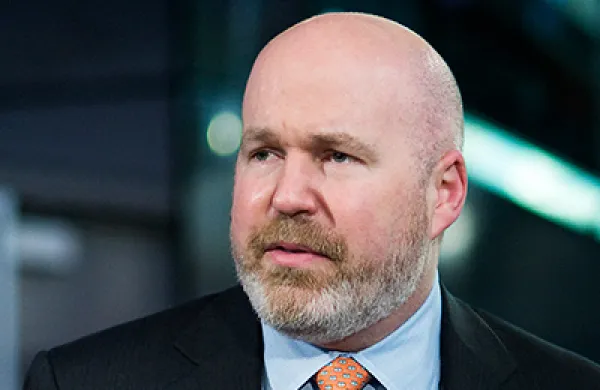It’s time for investors to finally bury the idea that quantitative funds are a black box whose strategies are mysterious and highly correlated to one another — and that they’re dramatically different from fundamental strategies, argues at least one big quant manager.
In the latest issue of its quarterly publication Alternative Thinking, asset manager AQR argues that both systematic and discretionary managers rely on similar fundamental — and economically intuitive — investment strategies, such as buying cheap stocks. The firm adds that systematic strategies are less correlated to each other than many believe and are no more correlated than their fundamental brethren.
“There are some differences between systematic and discretionary strategies, but saying they are opposites is plain wrong,” Antti Ilmanen, who runs AQR’s portfolio solutions group, tells Institutional Investor. The portfolio solutions group advises institutional investors, including sovereign wealth funds.
For example, portfolio managers that use fundamental research to identify investments might target companies that they feel are undervalued after poring through financial information. Quants instead program algorithms to sweep the markets for cheap companies based on specific measures. But both strategies are essentially looking for the value factor, or undervalued stocks. Quant managers that rely on computer models can cover more territory and construct more diversified portfolios, according to AQR.
“Quants rely on the same inputs as the fundamentally-oriented manager,” says Ilmanen. “We just code those and put them in rules. And we can do that at scale and go for breadth in our portfolios. Fundamental managers can kick the tires and go deeper into a particular company.”
[Deep Dive: The Next Quant Meltdown]
Computers help quants cover more territory. “Diversification means that if you can apply the same idea in many places, as opposed to doing it in one place, you will get smoother returns,” says Ilmanen.
As the report elaborates, “Discretionary managers tend to spend considerable time learning about a handful of companies that they know really well; they typically follow a ‘best ideas’ investment approach among this subset and tend to build concentrated portfolios in which the average number of holdings may be less than 100. In contrast, a systematic manager typically evaluates every stock in the investment universe, sometimes over thousands of companies.”
That’s the value of having a computerized and repeatable process, AQR argues: it allows the quant to filter an idea across a huge universe of asset classes and geographies.
Available quant strategies aren’t any more similar than the ones used by fundamental managers, according to the report. “Importantly, historical correlations among systematic investors are also low, as low as they are among discretionary investors, suggesting that the notion that ‘all quants trade on the same signals’ is misplaced,” it states.
That perception has stubbornly persisted, however. Though quant funds are soaring in popularity now, many investors still have vivid memories of the quant meltdown in August 2007, when the value of some of the best-known quant funds plunged. Turns out many of the quants were crowded into the same trades.
Systematic managers represent 14 percent of mutual fund assets, rising from 9 percent in 1999, according to the report. Twenty-six percent of hedge funds and about a quarter of institutional equity funds are now quantitative.






